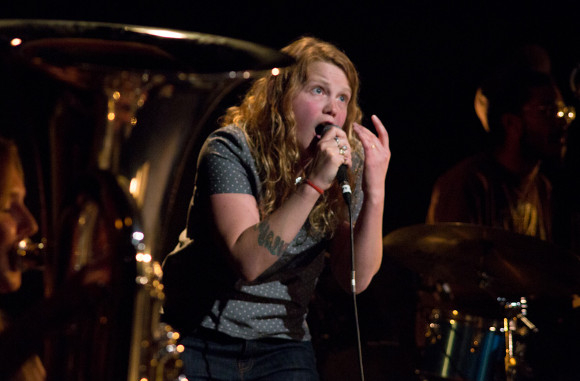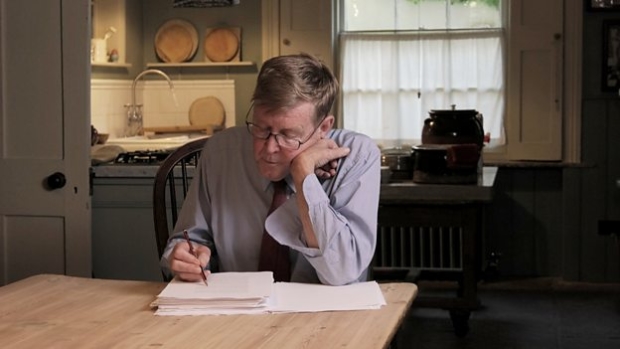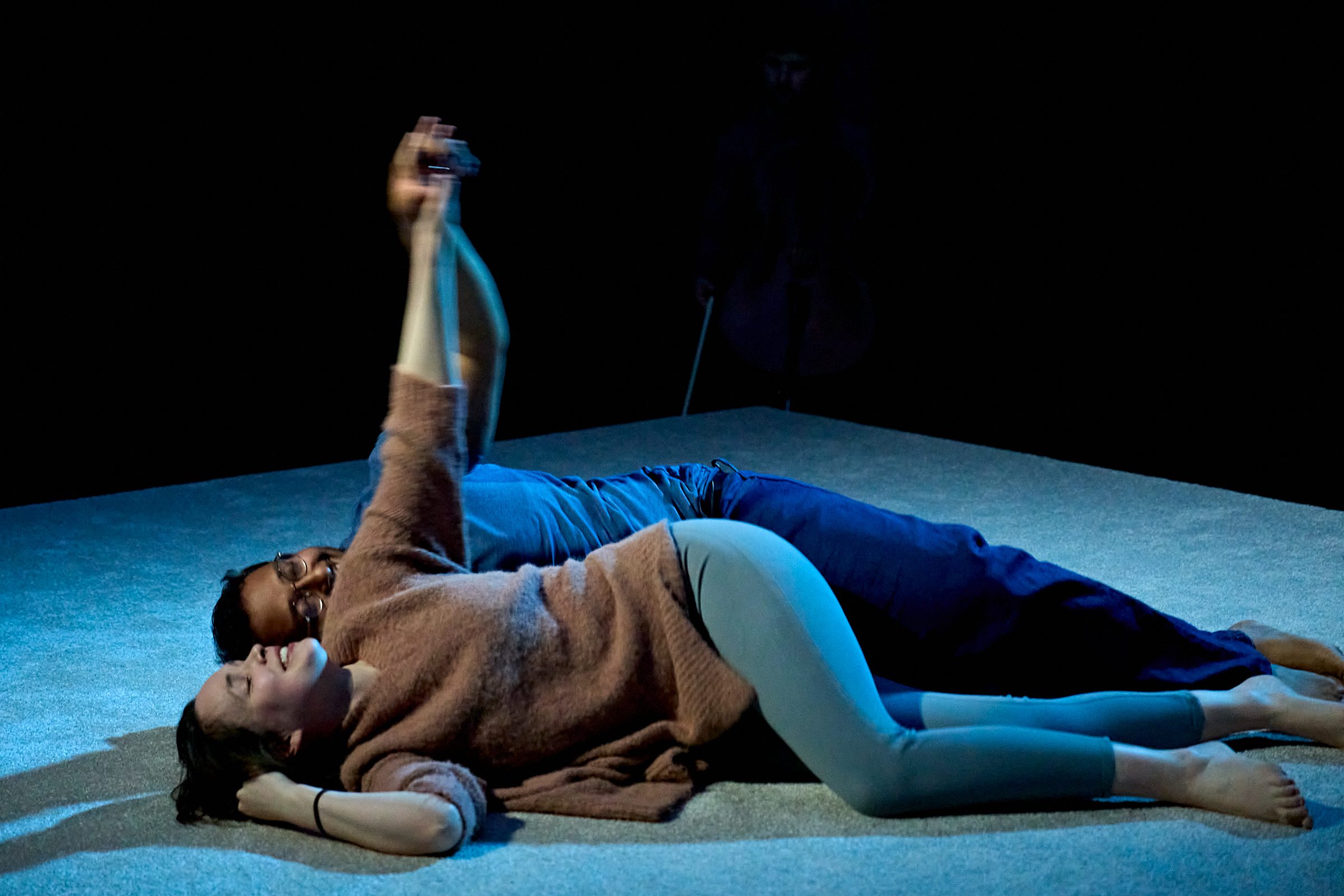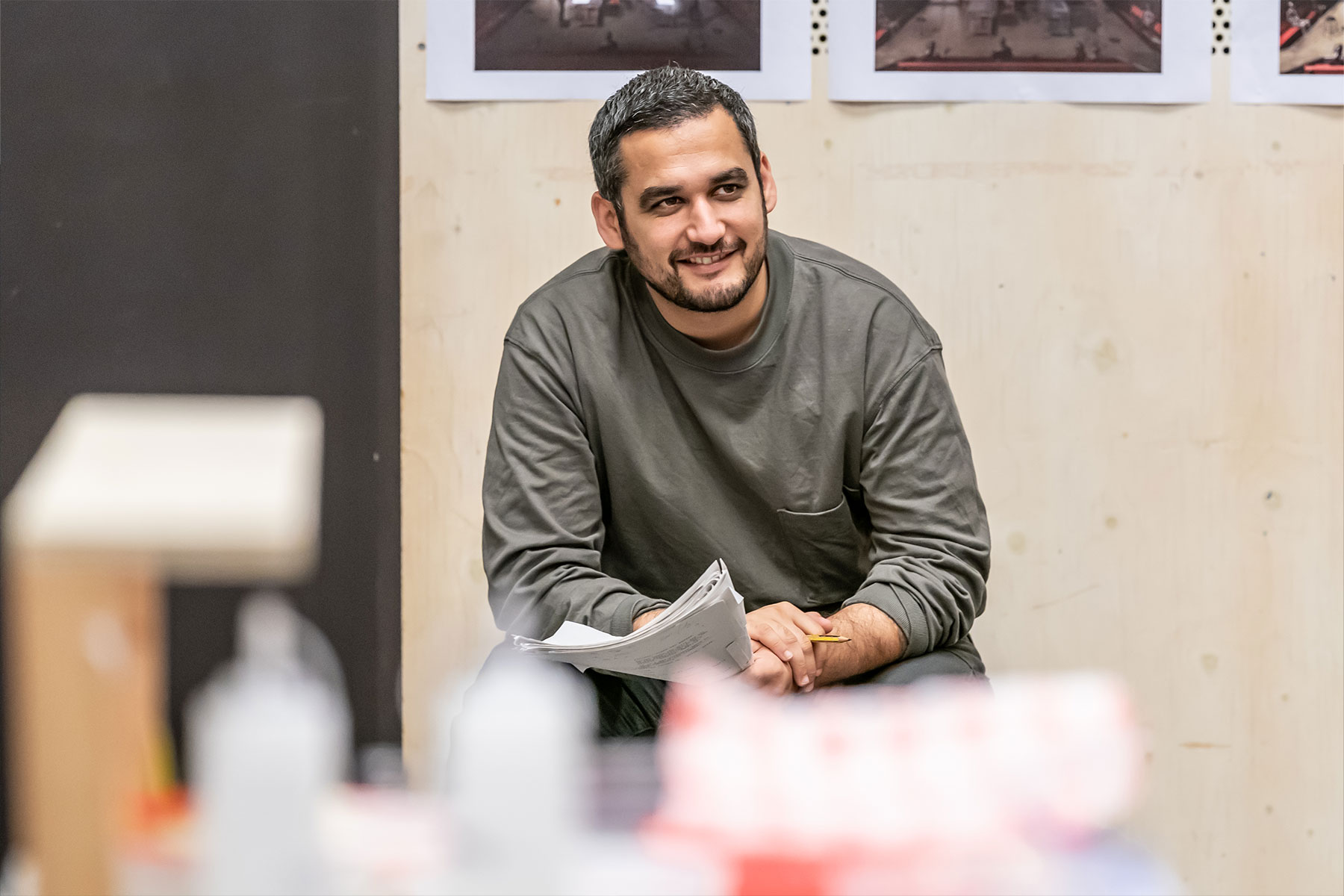Matt Trueman: Artists like Kate Tempest expand our horizons

Performance poetry on primetime television? It’s not something you see everyday. But then Kate Tempest isn’t your bog-standard poet. A Mercury nominee and a Ted Hughes Prize winner, Brockley’s darling has worked everywhere from Radio One to the Royal Shakespeare Company. Poet’s too small a word to pin her down. She’s a playwright, a novelist, a rapper, a musician and more, but most of all, she’s a performer. Onstage, she seems to lose herself. To watch her is to fall into a trance.
On Saturday night, as part of Battersea Arts Centre’s Performance Live programme, Tempest performed her new work on BBC Two – a long-form poem set to music called Let Them Eat Chaos. (It’s on iPlayer all week.) Set to an ambient, pulsating score, it’s a citywide panoroma of London 2016. Tempest’s words course through the city like a roving camera, winding through its streets and into people’s homes. "Seven different people in seven different flats" – all of them awake for some reason or other: maybe stress, maybe restlessness, maybe sadness or fear. It’s 4.18am in another city that never sleeps.
Kate Tempest's Let Them Eat Chaos is both a story and a sermon. Her characters are a warning to us
Let Them Eat Chaos is a kind of mood piece, only the mood it captures is that of 2016. It’s that inkling of impending collapse; the tightening in your chest, the way you’re holding your breath. It’s the tensions we’re carrying around with us every day. This sense that the world isn’t working.
That time, 4.18am, doesn’t feel like a coincidence. It’s exactly half an hour before 4.48am – the time of which Sarah Kane famously wrote; the hour she often awoke when depressed. 4.48 Psychosis swirls with suicidal thoughts and despire. It’s black with hopelessness. "How do I stop?" it asks. "How do I stop?"
Next to it, Tempest’s poem seems like a warning cry: a marker of what might lie ahead. "There’s a big storm rolling in," she intones. Are we all half an hour from hopelessness? Tempest seems to suggest that something’s got to give and that something, in all likelihood, is us. She’s not the first artist to do so, but Tempest drives at a diagnosis of a widescale breakdown: a city on edge, worn down by austerity; a population off the pace, pulled under by insecurity. Her twitchy, jittery rhythms pulse with anxiety. Her words crescendo like a swelling tsunami.
There’s a tension in Tempest’s writing, always pulling in two directions. It’s not just that she zooms in and out, moving from planets to people, between past and present. Let Them Eat Chaos is both a story and a sermon. Her characters are a warning to us; their washed-out lives the result of spin-cycle systems. There’s a duality at play throughout. Tempest entwines two conflicting dreams – "to sleep to dream to keep the dream alive" – and the whole piece seems a wake-up call to a world of insomniacs. "Is anybody else awake?" Tempest asks. She’s not just speaking for sleepless characters, but as herself. Can anyone else see the world as it is?
While Let Them Eat Chaos was on, I was tussling with a music critic on Whatsapp – each of us (half-jokingly) claiming it for our own art-form. It was a proper little art tug of war. What she saw as songs, I saw as a story – not plural but singular. Her gig was my show; her album launch, my live performance.
As an artist, Tempest draws different audiences together and nudges them towards other art-forms in the process.
What’s brilliant about Tempest is that – as Battersea Arts Centre’s David Jubb interjected – "she’s both and neither" at the same time. Even as I’m writing this for a theatre blog, one of her tracks has popped up on Radio 6 Music.
There’s huge potential in that crossover. As an artist, Tempest draws different audiences together and nudges them towards other art-forms in the process. Music fans tip into poetry recitals. Theatregoers teeter into rap. Of course, our cultural tastes and habits don’t neatly delineate – bookworms watch movies, after all – but artists like Tempest expand our horizons.
Theatre has pushed out of its bounds over the last decade or so. Some artists have always sought the energy of other forms, but latterly, they’ve borrowed the formats as well, reconfiguring stages and spaces and so shifting audiences. They’ve nicked from computer games and TV, rock gigs and sports matches. Theatre these days is a far more amorphous form than ever it was and its artists resist categorization as a result. Makers like Bryony Kimmings, Scottee and Coney are reaching audiences in all kinds of ways – online, over airwaves, through apps and in person.
Scrolling through Twitter on Saturday night was a joy. Tweet after tweet expressed the delight of discovery. (One or two moaned and went back to the golf.) Mostly, though, it was as if all these idle channelhoppers found themselves sucked in – unsure what they were watching, perhaps, but unable to stop. Imagine people getting back from the pub, slightly pissed, and sitting down to watch poetry. Theatre only ever plays to those that turn up. TV can spring itself on an audience. That makes primetime poetry a potent thing.











